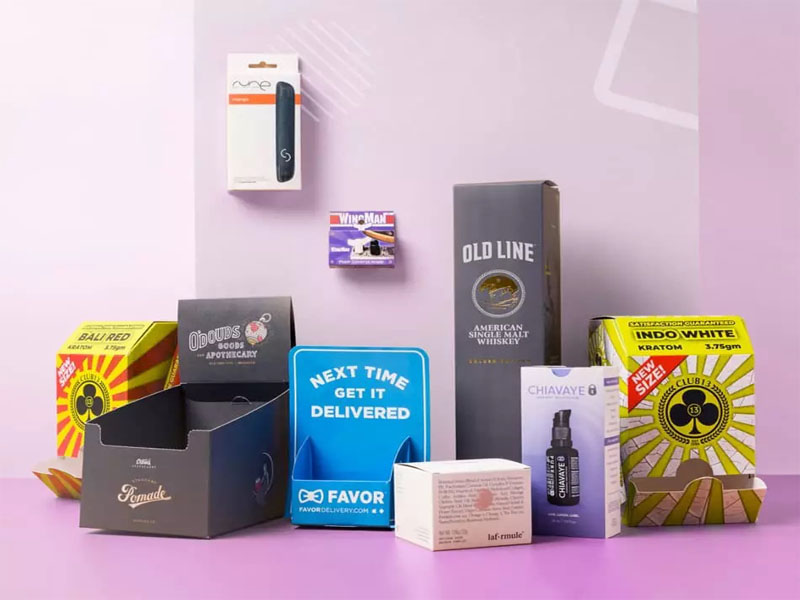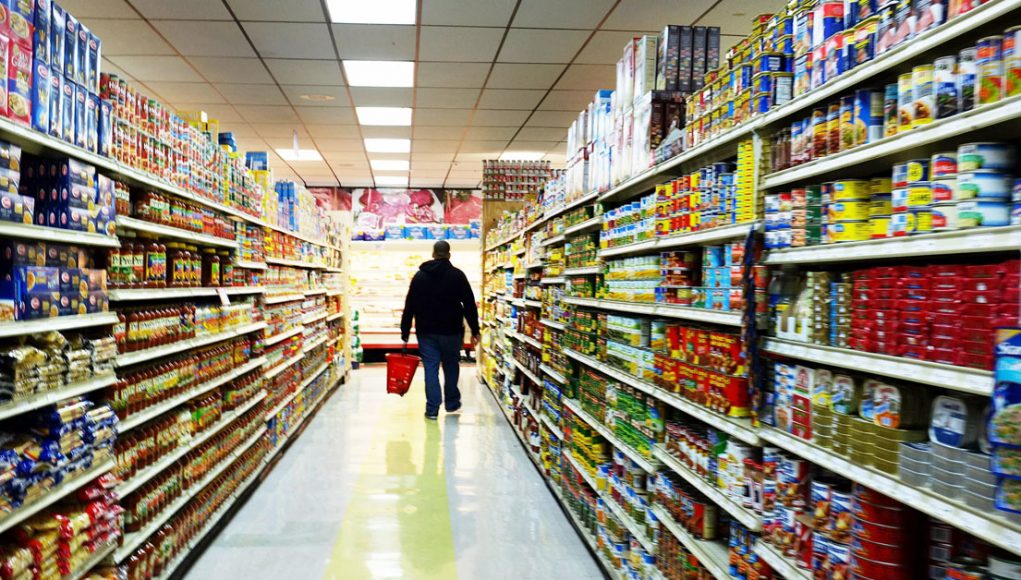There are countless ways to tactic how you design your retail space. However, there are numerous design approaches that all retail shopkeepers should be aware of to increase profit. Different retail design best practices can assist businesses in being more successful and thriving in today’s economy. When it comes to retail, the success lies in the detailing, such as setting displays and signage for a brand story or product goal.
There are many fundamentals for designing efficient shop interiors that will draw more people. You must urge people coming to shop to browse for further products before proceeding to the checkout. Smart store design decisions have an immediate influence on sales. Make sure to set up your shop in a method that inspires consumers to purchase.
Table of Contents
Tips for Setting Up a Retail Store:
Shop setup entails organizing and designing your retail space. A shop’s retail layout is in charge of welcoming customers, directing them through the store, inspiring them to interact with your products, and eventually enticing them to buy.
Many people feel that retail design just applies to how your things are displayed. However, while merchandising is an important feature of shop interior design, there are many other factors to consider. Every aspect of your store, from the entrance to the checkout display, can influence your customer’s route to purchase. As a result, retail interior design applies to your complete store area. Here are some shop design tips that will both attract customers and create a satisfying experience:
Use Color with Caution:
Colors have a greater impact on consumers. Color influences almost every customer’s first impression. Although a colorful shop can provide a vibrant and happy shopping experience, too much color can be overwhelming. In fact, it will cause customers to leave early. Sensory overload can make it harder for buyers to focus on your offerings and make a purchase. It is also doubtful that customers will return to your store if the aesthetics are unappealing.
One must use color for shop design with care while being mindful of color psychology. For example, black is a popular color in men’s apparel stores, as it conveys authority and status. The red color attracts more attention and stimulates impulse purchases. Blue, on the other hand, represents peace, security, and trust, which is why many banks choose it. Thus, let your products speak for themselves when it comes to color.
Use Product Displays:
Product displays are often known for visual merchandising, which helps to improve sales. Shoppers can study your products in Retail Display Boxes about product look and details to assist them to decide whether or not to buy.

Retail Display Boxes also offer interactive shopping experiences and simple access to user-generated content. The visually appealing displays inspire customers to buy your products and tell others about them. Countertop displays, standing displays, end caps, and other types of displays are commonly used in retail shops. To introduce new products into markets, make your store design visually appealing, and use product displays.
Consider the Store Entrance:
The very first space that customers step into when entering the shop should be given special attention. It is the area where your customers first see what you have to offer and decide whether or not to stay. At this moment, shoppers make key decisions, such as whether or not this location is worth purchasing from. They also analyze how well your products, fixtures, displays, and colors are coordinated.
It is recommended that things be placed some distance from the entrance. Instead of feeling stuffy, this retail design should welcome consumers into your shops. Customers are also likely to overlook any products, signage, or carts your position at your entry. As a result, greet them with a discreet display or a peaceful welcome area. Consider placing useful signage further inside your store or immediately outside the door before customers enter.
Enticing Shopping Path:
Make a clear path for your consumers to walk through your store by using signs, displays, racks, and other items. The exact path will vary substantially based on the size and structure of the store. However, the design should ensure that when customers enter the shop, they continue to peruse your products. A well-planned shopping path increases the likelihood of customers making a purchase.
Most establishments direct customers to the back of the store and then back to the front in a counterclockwise direction. Some store designs cover the walkway with a texture that differs from the rest of the flooring. It is necessary to use your shopping path to direct your customers around store. Consider placing a visually appealing and attention-grabbing exhibit at the end of your aisles.















